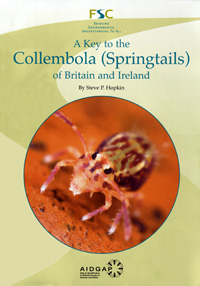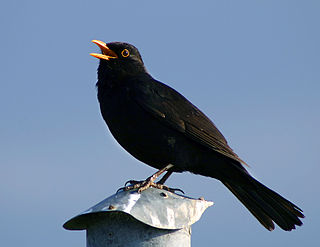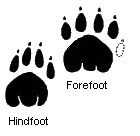 W
WAIDGAP is an acronym for Aid to Identification in Difficult Groups of Animals and Plants.
 W
WBhutan Biodiversity Portal (འབྲུག་སྐྱེ་ལྡན་རིགས་སྣ་འཆར་སྒོ།) is a consortium based citizen science website comprising key biodiversity data generating agencies and can be used by anyone. The portal is an official online repository of data on Bhutanese biodiversity.
 W
WBird ringing or bird banding is the attachment of a small, individually numbered metal or plastic tag to the leg or wing of a wild bird to enable individual identification. This helps in keeping track of the movements of the bird and its life history. It is common to take measurements and examine conditions of feather molt, subcutaneous fat, age indications and sex during capture for ringing. The subsequent recapture or recovery of the bird can provide information on migration, longevity, mortality, population, territoriality, feeding behavior, and other aspects that are studied by ornithologists. Other methods of marking birds may also be used to allow for field based identification that does not require capture.
 W
WBird tracking provides a way to assess the habitat range and behavior of birds without ever seeing the bird. Bird tracking falls under the category of tracking and is related to animal tracking. A guide to bird tracking has been published. Bird tracking is a tool used by naturalists to assess what birds are present in an ecosystem even if the bird is rarely seen.
 W
WBird vocalization includes both bird calls and bird songs. In non-technical use, bird songs are the bird sounds that are melodious to the human ear. In ornithology and birding, songs are distinguished by function from calls.
 W
WA coded wire tag (CWT) is an animal tagging device, most often used for identifying batches of fish. It consists of a length of magnetized stainless steel wire 0.25 mm in diameter and typically 1.1 mm long. The tag is marked with rows of numbers denoting specific batch or individual codes. The tag is usually injected into the snout or cheek of a fish so that it may be tracked for research or fisheries management.
 W
WA field guide is a book designed to help the reader identify wildlife or other objects of natural occurrence. It is generally designed to be brought into the "field" or local area where such objects exist to help distinguish between similar objects. Field guides are often designed to help users distinguish animals and plants that may be similar in appearance but are not necessarily closely related.
 W
WSpoor is a trace or a set of footprints by which the progress of someone or something may be followed. Spoor may include tracks, scents, or broken foliage. Spoor is useful for discovering or surveying what types of animals live in an area, or in animal tracking.
 W
WTracking in hunting and ecology is the science and art of observing animal tracks and other signs, with the goal of gaining understanding of the landscape and the animal being tracked. A further goal of tracking is the deeper understanding of the systems and patterns that make up the environment surrounding and incorporating the tracker.